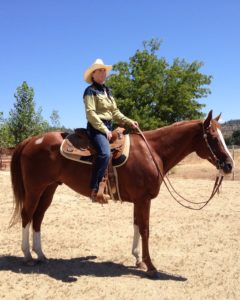
Pardon me, but do you read cows? You heard right. Or, herd right. I am mesmerized watching them, in pasture. I feel at peace, and become lost — and found — in their world. It’s almost like watching the ocean. Or reading an absorbing book.
What’s your favorite breed or genre? For me, it’s big, blocky, ink-black Angus, though I love all breeds. But sometimes I like frisky ones or those determined to return to their herd after being cut out by dogs and horsemen. Again, I am reminded that cows, calves, steers, and heifers are in odd but important ways, a bit like books. And that’s no bull. You learn things, feel things, see through different eyes, reading both.
I gravitate toward the beef breeds — big, languid calves and adults who know their place on the land and with their peers. Like all cattle, they regard the world and its mysteries with large, curious eyes. They play and react rightly to needs, threats or attractions. Perhaps seek food or their calf. Reassure a herdmate, drive off interlopers, find shelter together. And often they just hunker down and chew things over.
So, too, with unpretentious yet powerful books. I like a book that’s confident of its place, nature and purpose — which may or may not, in time, include obscurity. For example, plain-speaking books that nonetheless move with a certain grace and at an appropriate pace. They can race occasionally. They can buck, twist, veer from their herd. Or merely ramble here and there, searching out a hidden tidbit.
The main thing, whether they be books or cows, is that they must show they know what they’re about. They must give a reader every opportunity to read and evaluate that. No apologies, just laying it out there with their own voice, their own unforced style. Just saying “moo!”
Let me offer examples of what I mean. “To Kill a Mockingbird,” for one. It is told truthfully yet simply from an educated Southern family’s viewpoint as life unfolds, halts, runs, turns and hesitates at the threshold of catastrophe. Even tips over into that, as we read, spellbound. Unable to look away, though the book moves along with no more exertion than necessary.
Other examples of books behaving naturally and honestly, true to type yet with their own brands, quirks and earmarks, are works by: Joan Didion, Craig Johnson, Catherine Ryan Hyde, Robert B. Parker, John Steinbeck, Molly Gloss, Ernest Hemingway, Will Rogers, and (insert your favorite) here.
Now watching friskier or prettier critters — like reading relentlessly zippier books — can be quite a delight. Even addicting. Let’s change it up, put pep in our perusals. Let’s grab this new Janet Evanovitch or that Lee Child. Venture into that mid-list author who’s charging strong!
But as a general practice, day in, day out, I am most at ease with books that are more like cows: Tomes that have natural lingo, reasonable pace and occasional bright, scary or funny situations, rather than the noisy, showy faster-moving ones. Life is cabaret enough, war-zone enough, Saturday-night-fever enough. I don’t shrink from such places or people. I seek truth with entertainment, after all. So I welcome the occasional thriller, chiller or romance all tarted up with hypercharged language and constantly shifting scenes.
I just don’t seek them as my main fare. For that, and for heartfillng peace and long-haul sustenance, I need my cows!










